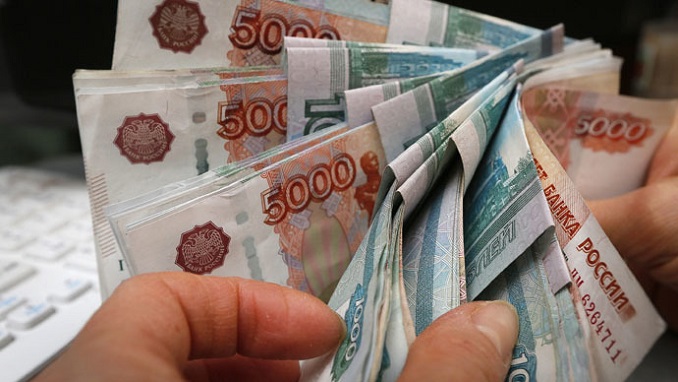Russia’s conservative budgeting policy has allowed the country to have its 2019 budget break even at an Urals price of $49.20 a barrel, the lowest breakeven price in over a decade, Alexandra Suslina, a budget specialist at consultancy Economic Expert Group, told Bloomberg on Thursday.
Urals, Russia’s key export grade, currently trades at $56.80 a barrel.
Russian President Vladimir Putin continues to keep a tight financial policy, probably worried by the anemic economic growth and the effect of Western sanctions on Russia’s economy, Danske Bank strategist Vladimir Miklashevsky told the news outlet.
Putin said in early June that Russia doesn’t need oil prices to be too high and sees the $60-65 a barrel price—the price at which Brent Crude currently trades—as “quite satisfactory.” A month later, OPEC and the Russia-led non-OPEC group of producers rolled over their production cuts into March 2020.
“The Russian processing industry itself is not interested in very high oil prices. Well, the average price around 60-65 dollars per barrel is quite satisfactory, we don’t need to drive up [price] to the top, we already have a decent margin, in terms of budget,” Putin said in June.
A month later, the Russian president admitted that economic realities including the volatile international oil prices are among factors interfering with the Russian government’s economic program.
Russia’s budget for this year is based on an average price of $40 per barrel of crude as Moscow continues its cautious budgeting approach after the fallout of the 2014 price crisis. Saudi Arabia, on the other hand, needs oil at $80-85 per barrel to break even this year.
In fact, for Russia, the oil price level that would suit Middle Eastern producers could be prohibitively high as it would weaken demand for the commodity that, together with natural gas, makes up as much as 40 percent of federal budget revenues.












